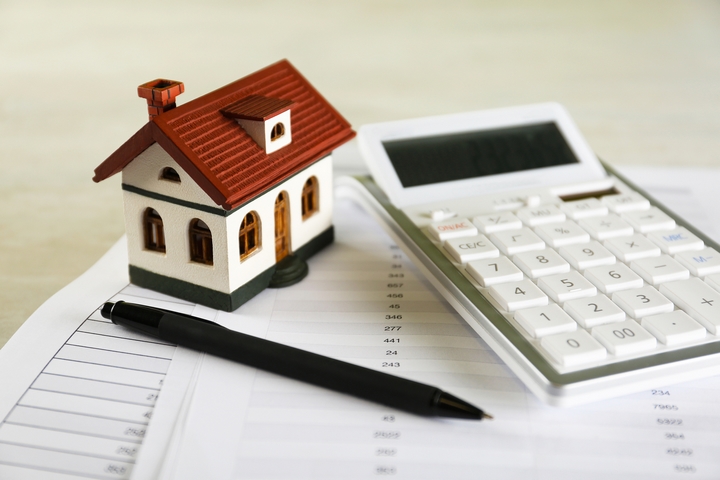When a homeowner fails to honour their property taxes, the government may put the property on tax sale, which allows willing investors to acquire the home by paying the outstanding delinquent taxes. While tax sale property is an excellent opportunity to purchase a home at a discounted price, potential investors should be watchful of the possible risks associated with the move.
Purchasing a tax sales property can be quite complex if one doesn’t have the correct information. Hopefully, you’ve understood the proceedings keenly in preparation for your county’s upcoming tax sale property period. Remember to engage a lawyer and financial expert, better versed in the entire process than you.
Below is guidance on purchasing a tax sale property to win maximum value for every penny invested.
Step 1: Learn About the Property

Every year, homeowners must fulfill their tax obligations for their property, failure to which their homes are put on tax sale. As an individual wishing to invest your money in a tax sale property, you should learn about the property extensively before proceeding with the idea.
To begin with, you can find existing properties on tax sale through the county government’s official notice board, local newspapers, and relevant websites. The adverts usually state the date of the upcoming tax sale and the property’s location under discussion.
You can use the above details to further research the property’s age, previous owners, current owners, and other associated legal obligations. Besides the date and location of the tax sale, the public notice also indicates how and when interested buyers can register as bidders to the property ahead of the property tax sale.
Step 2: Attend the Auction

Having registered as a bidder, be keen to adhere to the stated date and time of the auction so that you can participate fully. Tax sale auctions often happen at the county government premises physically or online, depending on different factors. It’s the responsibility of the bidders to study and understand all the rules and regulations related to tax sale auctions ahead of D-day.
Step 3: Viewing of the Property

The county government usually allows potential bidders to view the property before bidding. When heading for the viewing, it’s advisable to take a camera with you to capture the property comprehensively and a notebook to pen down some crucial findings.
Additionally, dress accordingly to be comfortable during the viewing. Experts recommend solid closed shoes and comfortable clothing. Be keen to look for any signs of damage, such as mould and pest infestation within the property.
Step 4: Set a Budget

After viewing the property, the county government doesn’t organize the property bidding immediately but offers the potential buyers some time off. As an investor, you should use this time to evaluate if you’re still interested in the property as per the viewing outcomes.
If you’re still in for the tax sale, you can now set a budget ahead of the bidding to guide you through the process. Working with a budget prevents chances of over-bidding, which would otherwise put investors into unexpected financial crises and related misfortunes. Even better, you can liaise with a professional financial advisor through the budget-setting step for more desirable results.
Step 5: Get the Finances Ready

As an investor, you should always wear a winning mentality and nothing less. Since most tax sale properties require the highest bidder to pay at least 70% of the entire amount or in full, you should be well prepared to win the finances, hoping to win the bid.
Your financing choice depends on various factors, including inflation and payment terms. It may be unadvisable to acquire a mortgage loan for tax sale properties. Instead, you can pull out some of your savings and conduct a mini-fundraising with friends, family, and colleagues.
Step 6: Property Bidding

Now that you have a clear picture of the property you’re about to invest in, you can confidently proceed to bid. At the bidding, be confident throughout the process, and do not hesitate to quote your preferred amount eloquently.
Since bidding is primarily a matter of competition, you should be fully armed with several tips for emerging a winner at a tax sale auction while staying within your financial strengths.
Step 7: Make the Payment

Assuming you’ve grabbed the bid on the tax sale property, you can now proceed to pay for the home according to the stipulated payment terms. As highlighted above, most county governments require the highest bidder to pay the total amount or at least a ¾ between 24 to 72 hours after sale closure.
Failure to do that, the government may disqualify their victory and grant it to the second winner if they are willing and ready to meet the payment terms. Alternatively, the government may re-commence the tax sale if the first, second, or other bidders cannot meet the sale amount within a given period.
Step 8: Get the Tax Deed

The last step of buying a tax sale property is acquiring the tax deed, which confirms the ownership of the property by the new buyer. You can bring an experienced lawyer for the ownership transfer and related agreements for more remarkable outcomes.
After acquiring the tax deed, you can renovate and move into the home or sell it to a different buyer. However, the county government usually restricts new owners of a tax sale property from re-selling the property immediately until all the dues have been settled or after a specific duration.

